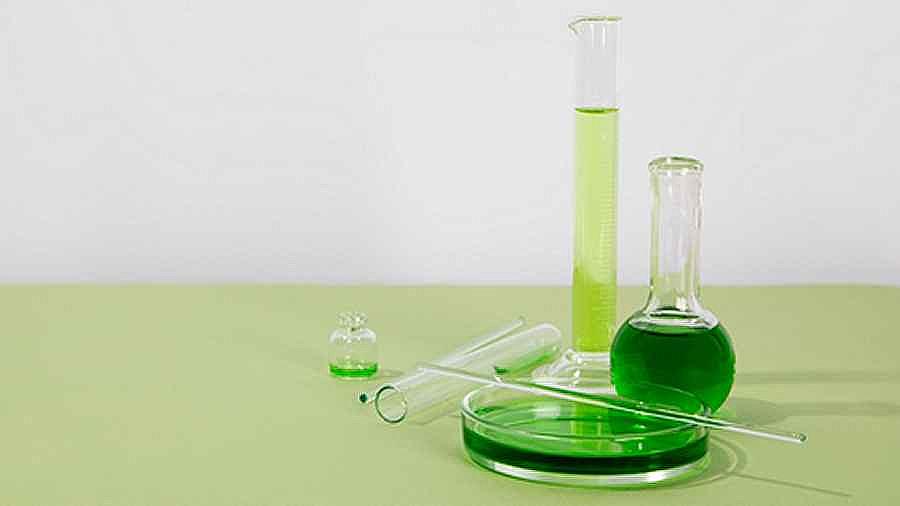News
09.01.2023
Ultrasound extraction of nutrients and antioxidant bioactive compounds from microalgae

The increased interest in microalgae is due to their interesting nutritional and bioactive profiles (e.g., high protein content, healthy lipid profile, micronutrient, and bioactive compounds). However, the nutritional and bioactive profiles of microalgae differ according to the target species. Phaedoactylum tricornutum a microalgae species studied in AQUABIOPROFIT project is considered an important source of n-3 polyunsaturated fatty acids (PUFAs), particularly eicosapentaenoic acid (EPA), being an interesting alternative in the industry for EPA production. In order to recover the different high added-value compounds, various extraction techniques can be employed.
Green innovative processing technologies such as ultrasound-assisted extraction (UAE) produce a low environmental impact since no organic solvents are used and there is less volume consumption. They operate under low extraction temperatures and short extraction times, being a sustainable alternative in comparison with traditional extraction methods. Ultrasounds are mechanical waves having a frequency higher than the audible frequency range of human hearing. These waves consist of a series of compression and rarefaction cycles that can be propagated through solid, liquid, or gas mediums inducing displacement and dislodgement of the molecules from their original positions. Moreover, ultrasounds cause a mechanical impact on the cell wall of microalgae, enhancing solvent penetration into the cell. Maximum intracellular compounds thereby dissolve in a solvent which is further collected and purified.
In the AQUABIOPROFIT project, the University of Valencia optimized the extraction of nutrients, pigments, and bioactive compounds from Phaedoactylum tricornutum, in addition to the antioxidant activity. The extraction parameters studied (extraction time, temperature, and pH) showed different behaviours depending on the nutrients and antioxidant compounds. The optimal conditions for the maximum extraction of nutrients, bioactive compounds, and antioxidant capacity were 30 min, 50 C, and a pH of 8.5.
Read the full article for more information: Khawli et al. 2021. Ultrasound Extraction Mediated Recovery of Nutrients and Antioxidant Bioactive Compounds from Phaeodactylum tricornutum Microalgae
Relative project terms
Clinical tests , Communication , Fish side stream bioactives , Marine nutritional supplement development , Model studies - documentation , Training , Tunicates
Category: Scientific activities
×
![]()






